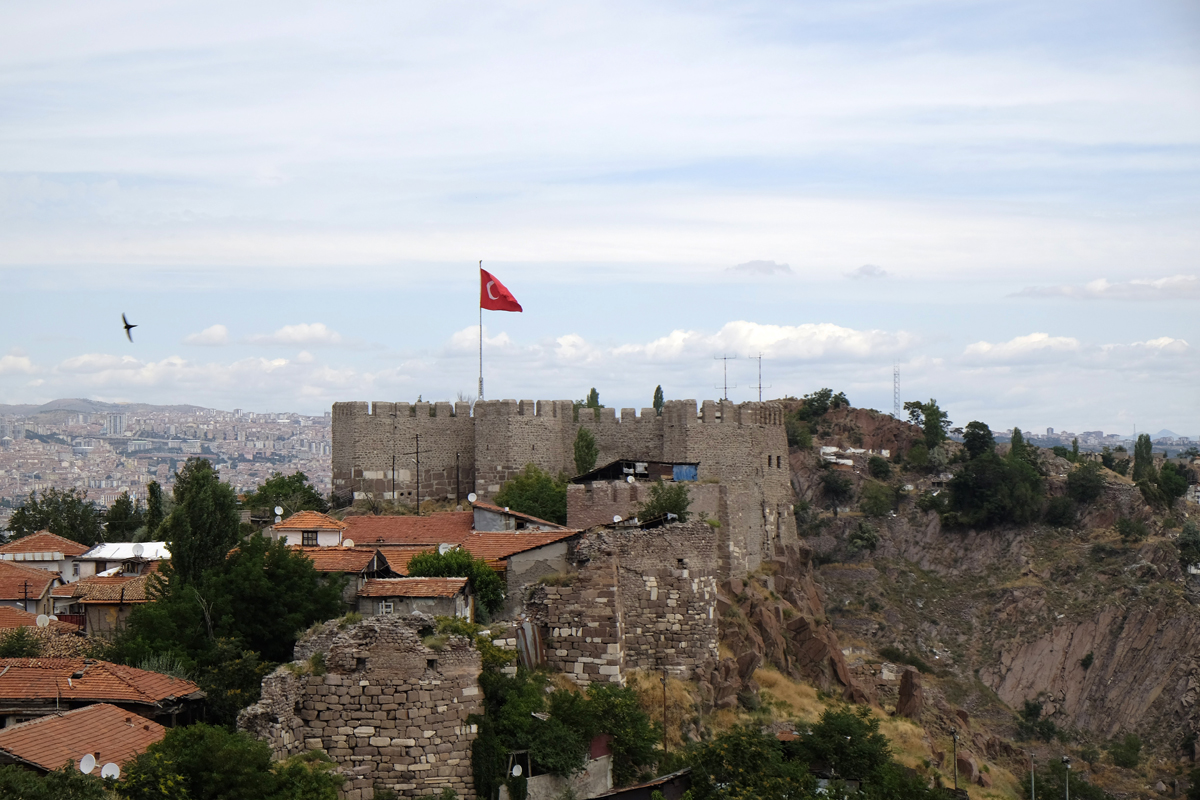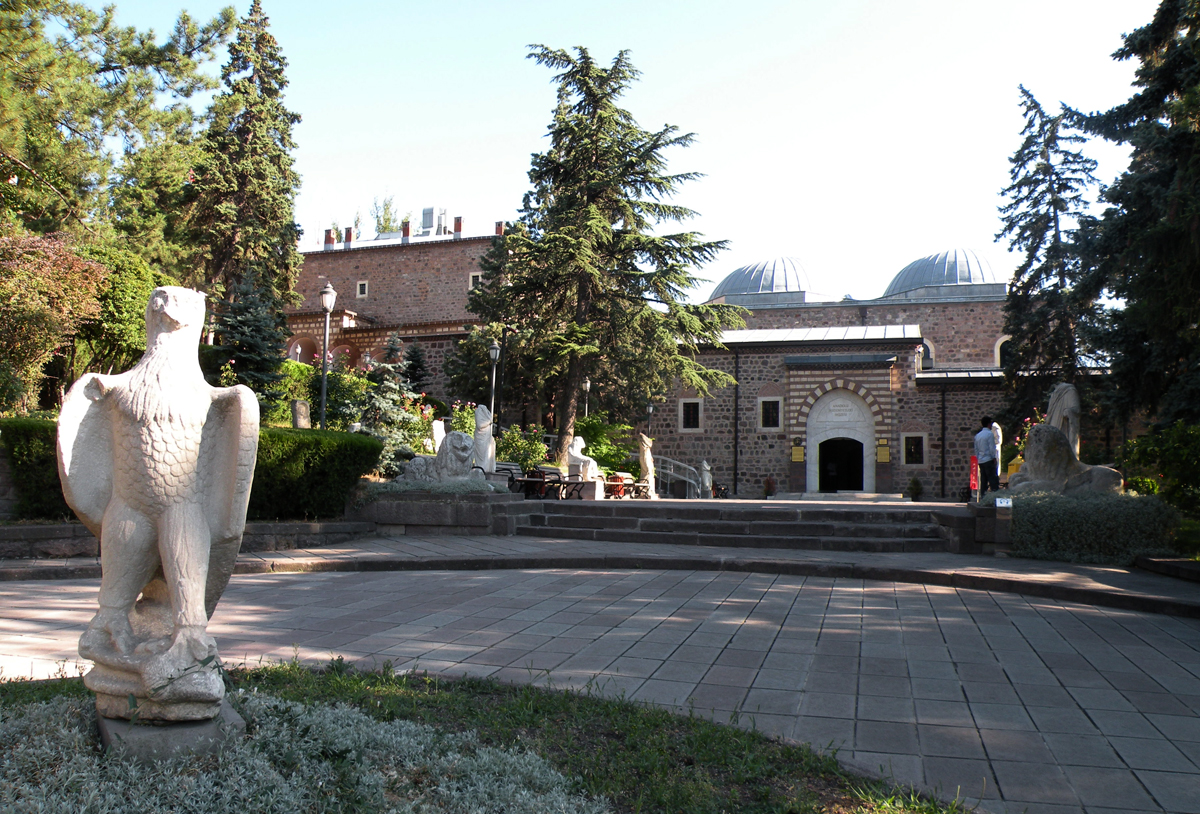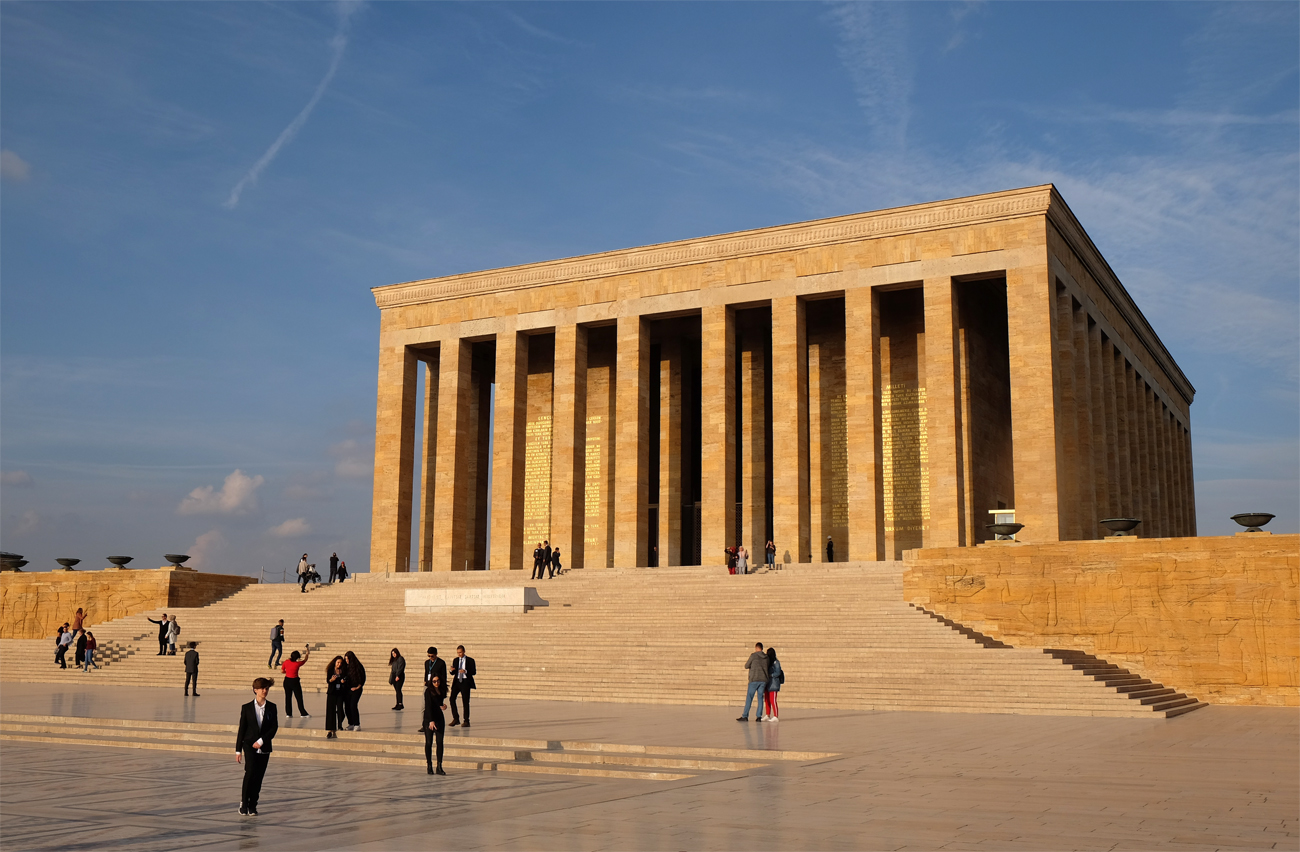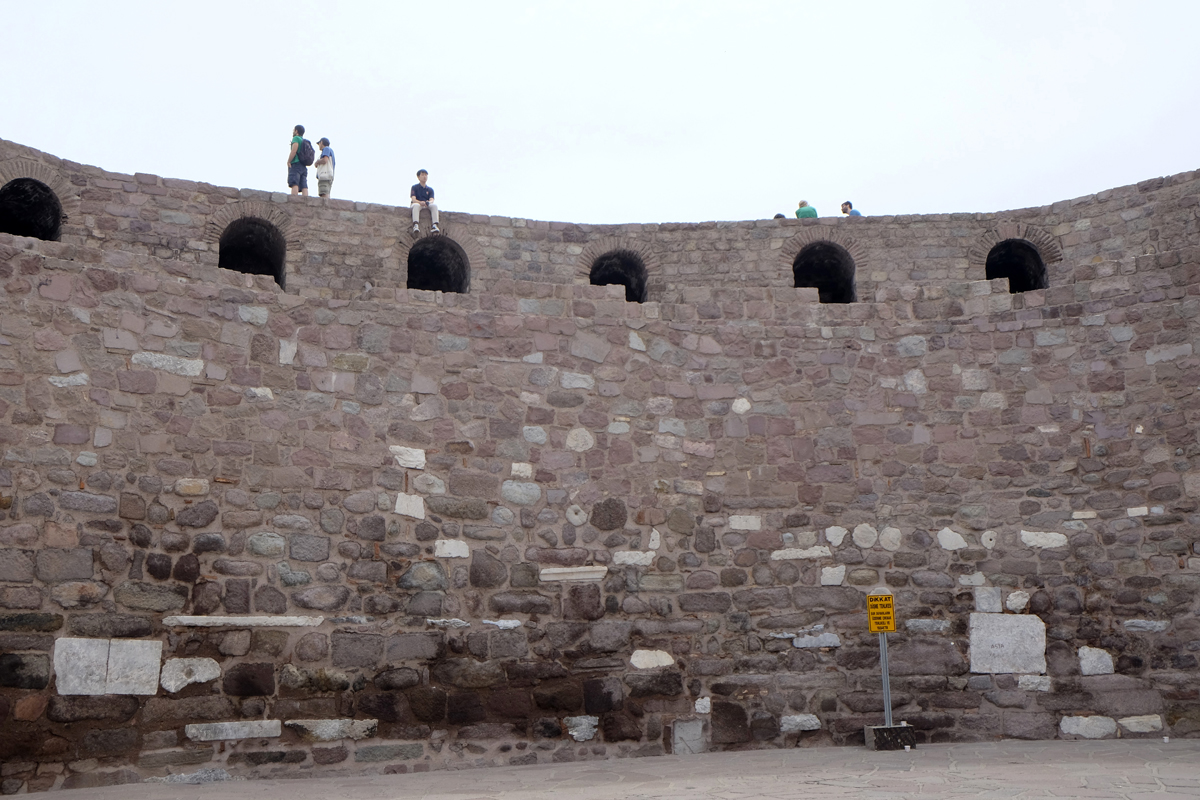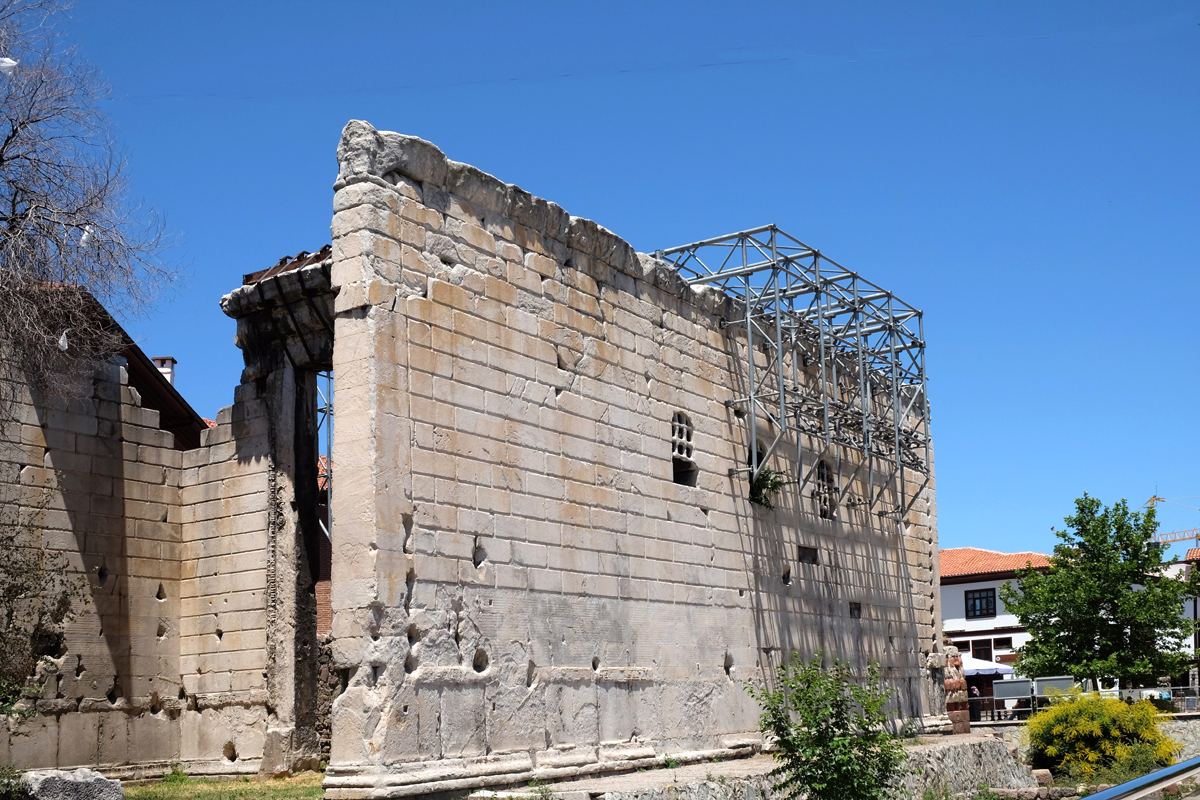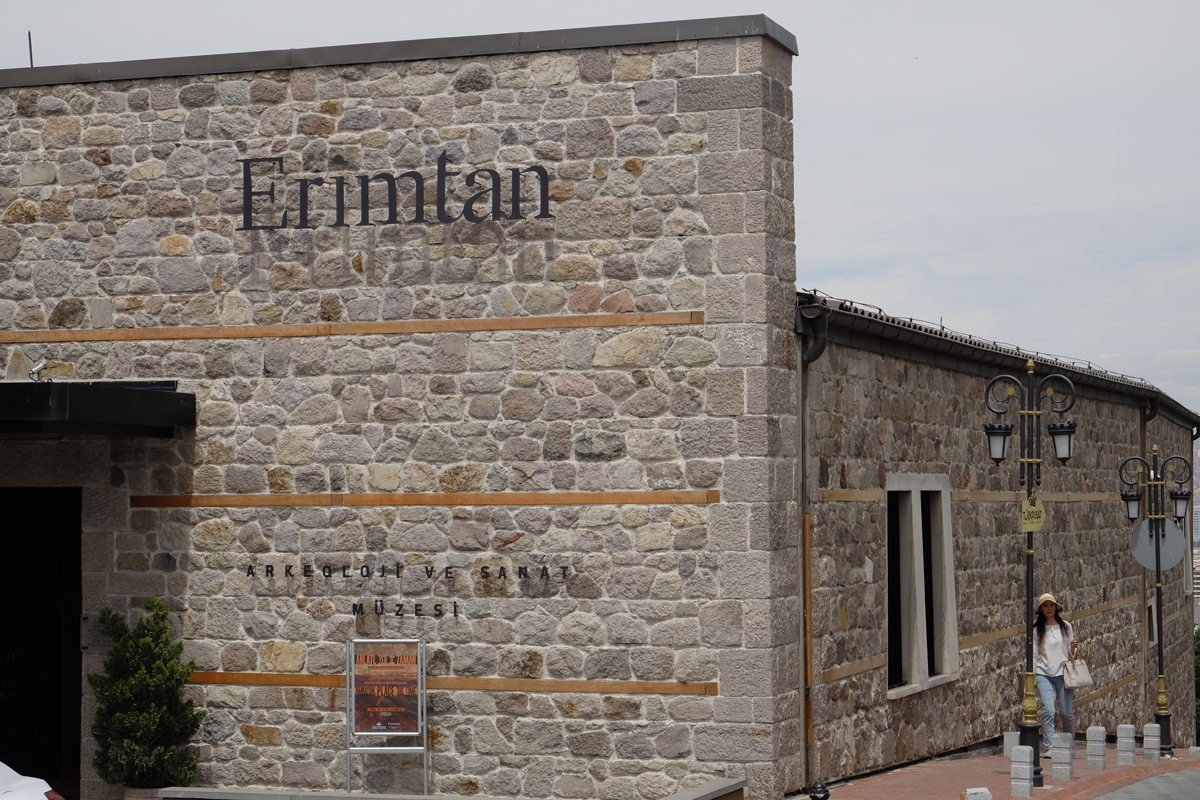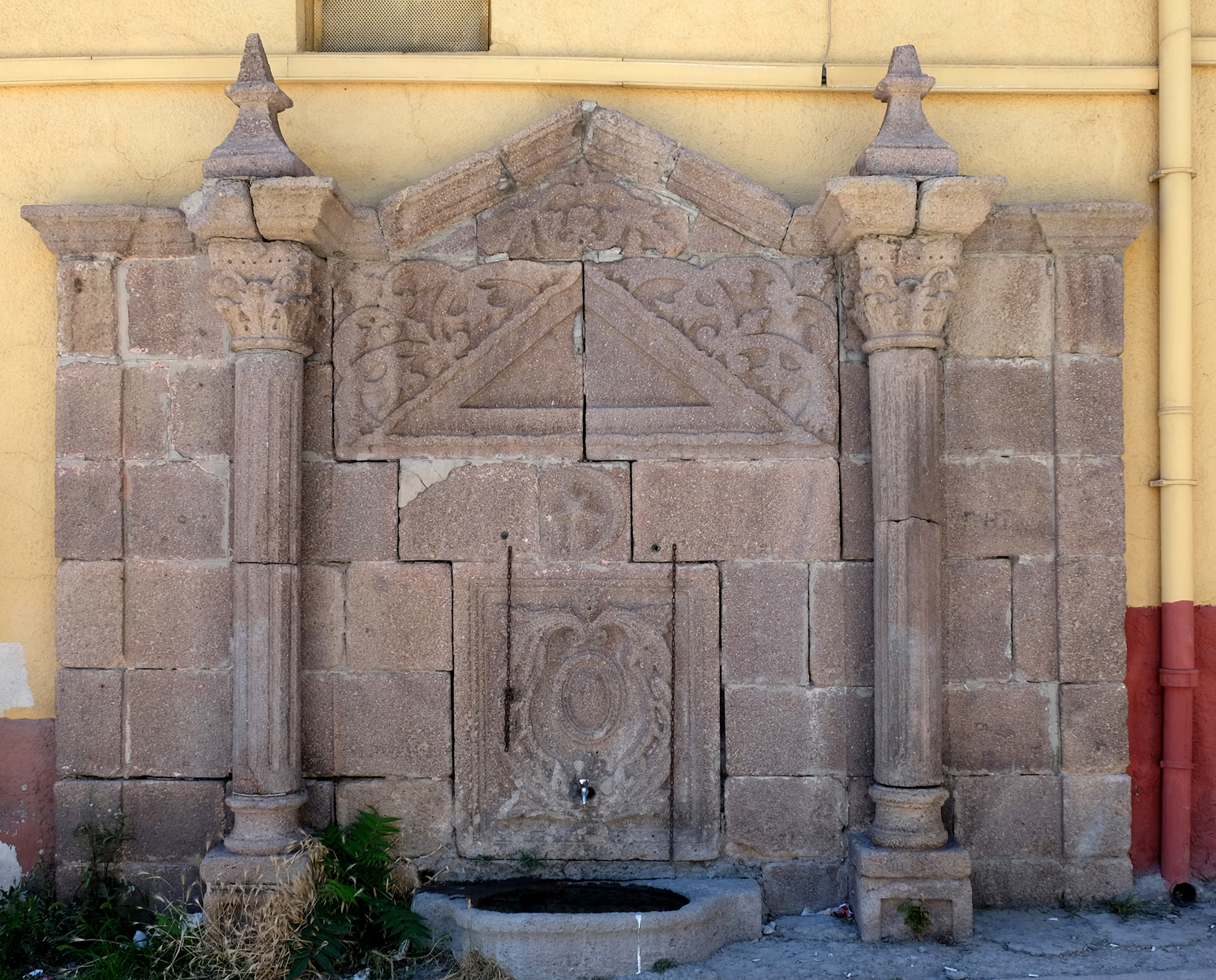Welcome to Ankara in parallel with the history of humanity The first primate residues in Anatolia were found in Ankara and these findings dating back 10 million years were called Ankarapithecus meteai. The first settlement in Ankara, which has been called Ankuwash, Ancyra, Angora and Engürü throughout the history, was around the Ankara castle. The…
Anatolian Civilizations Museum
Museum of Anatolian Civilizations is located next to Ankara Castle. It was selected as the Museum of the Year in Europe in 1997. It is an exceptional museum with its historical building and unique collection. Museum is consists of two Ottoman buildings built in the 15th century, one of which is a bazaar and the…
Anıtkabir
Anıtkabir ( literally, ‘ memorial tomb ‘ ) is the mausoleum of Mustafa Kemal Atatūrk, the leader of the Turkish Independence War, founder of Rebuplic of Turkey and architect of Turkish revolutions. Anıtkabir represents Turkish nation and Anatolia under the name and personality of Ataturk. It was built on tumuluses ( graves ) belonging to…
Ankara Castle
Although the exact date of construction is unknown, it is believed to have been built by the Hittites, who had a military garrison in the city. Preserving its same place since the Hittites; the Castle was repaired many times by Romans, Byzantines and Turks. It consists of an inner castle that covers the highest part…
Temple of Augustus
On the hill where the Temple of Augustus situated, there was the temple built by the Phrygians in the 7th century BC for the Goddess Kybele and Men, Goddess of the Moon. When the Roman Emperor Augustus connected Ankara to Rome, the Temple of Augustus was built on the Temple of Men. Res Gestae Divi…
St Teresa’s Church
In 1928, the French Embassy Chancellery and a chapel were built on the land of the former St. Clement French College. In 1942, the consulate moved, and a French school was opened in its place. When the French school was moved, the chapel went through restorations in 2002 and opened its doors as the St.…
Erimtan Archeology and Art Museum
The museum exhibits approximately 2,000 movable artifacts belonging to a private collection, almost all of which is Anatolian. Roman artifacts (bottles, bowls, jugs, glasses, small number of bracelets and rings), sealed ring gems and coins (gold, silver, bronze Hellenistic-Roman and Byzantine Period) are the prominent groups in the collection. Other important artifacts in the collection…
Hamidiye Fountain
Hamidiye Fountain The historical fountain, built during the reign of the Ottoman Emperor Abdulhamid II, was moved from its place during a number of past arrangements and was re-installed to its present place. The fountain made of Ankara stone has antique columns on both sides of the triangular pediment. The moon-star motif on the mirror…
Column of Julian
Column of Julian The Julian Column was erected in 362 in honor of the Roman Emperor Julian’s visit to Ankara. However there are claims that it was constructed later. Column rises on a square pedestal. This unique architectural structure is 15 meters high and has many grooved ring-shaped white stones on top of its body;…
Koç Museum
Koç Museum It is the first industrial museum of Ankara. Çengelhan and Safranhan, which are the museum buildings, are historical accommodation places built during the Ottoman Empire in the 15th century. In these 32 rooms, objects and documents related to industry and engineering belonging to all periods from past to present are exhibited. The museum…

